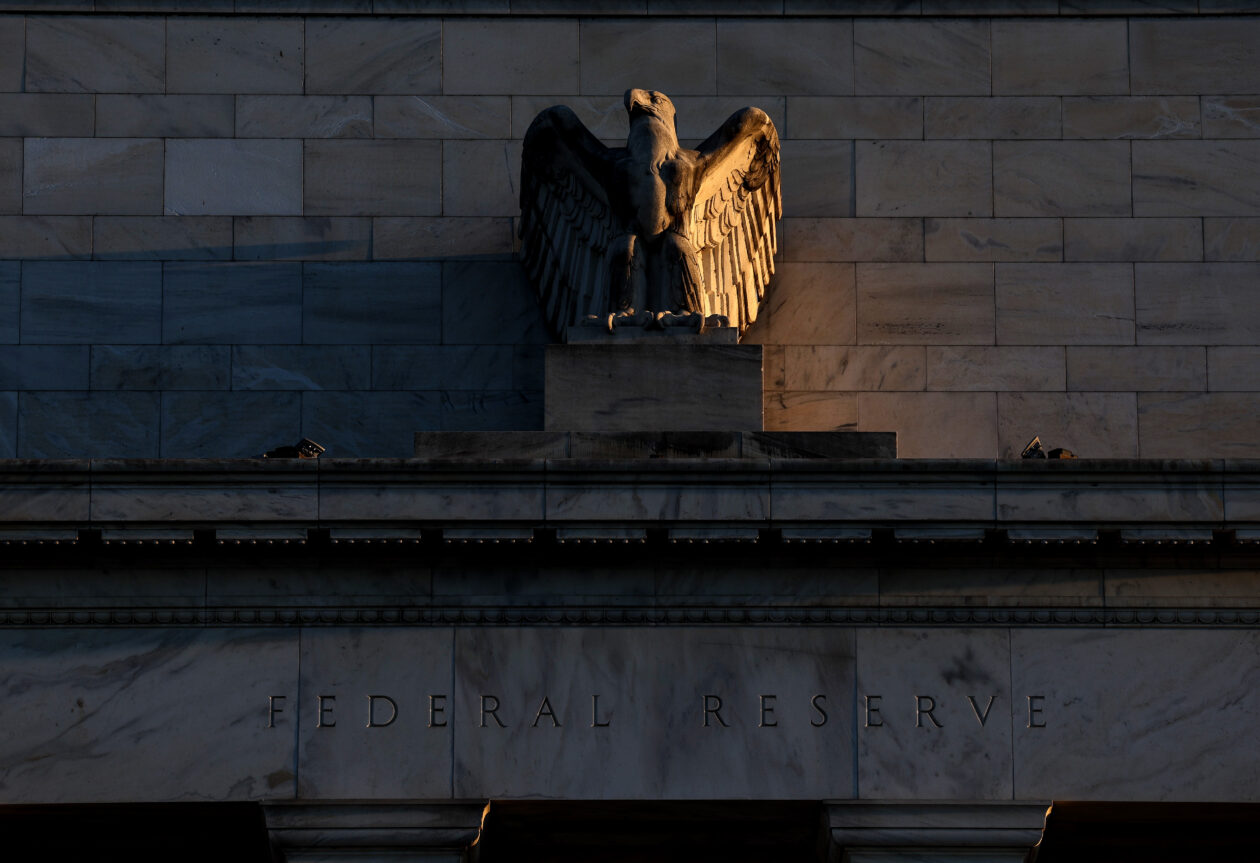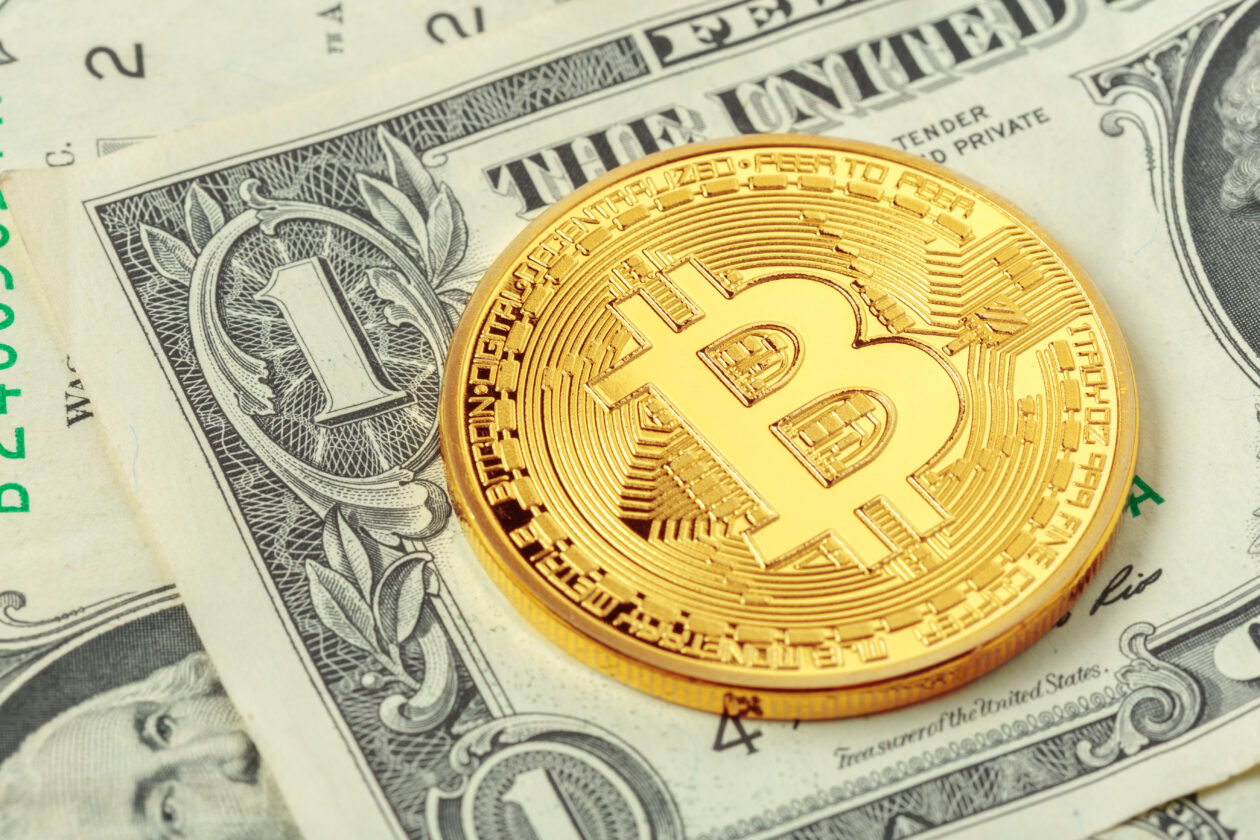Bitcoin dipped on Friday morning in Asia, falling below the US$29,500 threshold. Ether also edged down as other top 10 non-stablecoin cryptocurrencies traded mixed. Market experts expect Bitcoin and Ether to remain steady in the short term ahead of a potential rally backed by easing macroeconomic conditions. The Forkast 500 NFT Index was up, while in the U.S., core inflation data came in lower than expected. That strengthened bets the Federal Reserve will pause interest rate hikes, while global equities were mixed.
Cryptos steady
Bitcoin dropped 0.39% in the last 24 hours to US$29,439.41 as of 6:30 a.m. in Hong Kong but gained 0.95% for the week, according to CoinMarketCap data. The world’s largest cryptocurrency by market capitalization hovered around the US$29,500 line after reaching a high of US$29,688 overnight.
Ether also edged down 0.09% to US$1,851.14 but posted a 1.08% weekly increase.
“As we digest CPI numbers, the price of BTC and ETH has barely moved,” said Lucy Hu, senior trader at Hong Kong-headquartered digital asset management platform Metalpha. “We expect the major pairs BTC and ETH may continue to trade in a tight range, and likely trend higher.”
The U.S. headline Consumer Price Index (CPI) released by the Labor Department on Thursday gained 0.2% in July, raising the inflation indicator to 3.2%. That is lower than the expected 3.3% reported by Reuters.
“The CPI headline is an important one, which signals that we’re most likely at the end of the hiking curve from the Fed,” said Michaël van de Poppe, the chief executive officer of Amsterdam-based crypto trading company MN Trading.
“Crypto native people are always eagerly looking at this event for forecasts and therefore, given that the outline is lower than expected, having a case where price starts to rally is a likely case,” said van de Poppe. He added that investors should now examine the U.S. Producer Price Index data released Friday as another key measure of wholesale inflation.
Analysts have also circled Aug. 13 — the next deadline for ARK Investment Management’s spot Bitcoin exchange traded fund (ETF) application in the U.S. — as another key date on the market calendar.
ARK initially made the application in April, and then filed an additional amendment in July.
ARK Invest CEO Cathie Wood told Bloomberg Monday that the U.S. Securities and Exchange Commission will likely approve multiple spot crypto ETF applications at once, if they do decide to give them the green light.
Other top 10 non-stablecoin cryptocurrencies traded mixed on Friday. Solana led the winners, adding 1.59% to US$24.70 for a bullish weekly gain of 9.56%. Tron also gained 1.15% to US$0.07717, adding 0.52% in the last seven days.
The total crypto market capitalization dipped 0.24% in the past 24 hours to US$1.17 trillion, while trading volume also declined 26.24% to US$26.47 billion.
DeGods NFT collection surges 740% with new update
The main Forkast 500 NFT index rose 0.57% in the past 24 hours to 2,501.74 as of 09:15 a.m. in Hong Kong. It recorded a 1.24% gain for the week. Meanwhile, Forkast’s Ethereum, Polygon and Cardano NFT indexes logged losses, while the index measuring Solana NFTs gained.
Total NFT trading volume gained 21.42% in the past 24 hours to over US$18.87 million, according to data from CryptoSlam.
Sales volume on Ethereum, the largest NFT network, jumped 53.44% to US$12.37 million. Polygon and Solana, which placed second and third on Cryptoslam’s NFT blockchain ranking, both logged losses.
In terms of NFT collections, trade volume of Ethereum-based DeGods surged 740.14% to US$3.33 million. The digital art collection announced new updates by the name “Season III,” where one DeGod NFT holder receives four generative artworks and other perks.
However, Yehudah Petscher, NFT Strategist at Forkast Labs, said the DeGods update was very poorly received by the community.
“Instead of offering a free mint, or even affordable mint, the cost to upgrade your existing NFT to the new Season III art is 333 $DUST, which is around .4 ETH,” wrote Petscher.
As of Friday morning in Asia, 0.4 ETH amounts to US$739.35.
“When projects like the CyberKongz fail to sell out at .25 ETH and are told that’s too expensive in this market, it’s hard to imagine who would think .4 ETH would work right now,” Petscher added.
Also, Opepen and Checks NFT collection maker Jack Butcher’s digital art collection, Infinity, was hacked Thursday, Butcher’s collaborator Jalil.eth posted on Twitter.
The hack drained 38.56 ETH (US$71,273.15) from the wallet.
US inflation not yet conquered

U.S. stock futures traded mixed to flat as of 11:30 a.m. in Hong Kong, after the stock market closed lower on Wednesday.
Main stock indexes in Asia were also mixed on Friday — China’s Shanghai Composite, Hong Kong’s Hang Seng logged losses, while Japan’s Nikkei 225 and South Korea’s Kospi gained.
July’s U.S. consumer price index (CPI), released Thursday, rose to 3.2%, lower than the expected 3.3%. That strengthened bets the U.S. Federal Reserve will pause its current cycle of interest rate hikes.
San Francisco Fed president Mary Daly said Thursday in a Yahoo! finance interview that the latest CPI data does not mean the central bank has conquered inflation. She added that the Fed remains fully committed to reducing inflation to its 2% target.
The Fed meets on Sep. 19 to make its next move on interest rates, which are now between 5.25% to 5.50%, the highest level in the past 22 years. Analysts at the CME FedWatch Tool predict a 89.0% chance there will be no interest rate hike in September, up from 87.0% on Thursday.
Investors now await July’s Producer Price Index (PPI) — a key inflation indicator that monitors selling prices received by domestic producers of goods and services — which is set to be announced later on Friday.
Stocks in China and Hong Kong fell amid mounting Sino-U.S. tension. U.S. President Joe Biden called China a “ticking time bomb in many cases” on Thursday at a political fundraiser in Utah, pointing to its weak economic growth.
On Wednesday, Biden signed an executive order to regulate U.S. investment in Chinese entities engaged in three sectors: semiconductors and microelectronics, quantum information technologies, and artificial intelligence.
(Updates with equities section)






